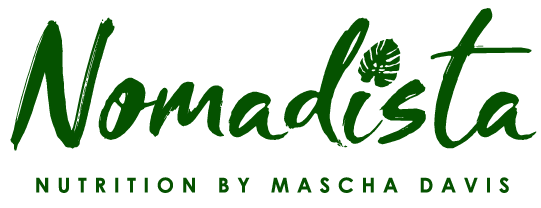When you think of optimal health, what comes to mind? Is it having energy? Or just feeling good in your body? The Merriam Webster definition of health is “freedom from physical disease or pain”. So, if we think about achieving true health, wouldn’t it make sense to take a look into the lives of those who have lived the longest without disease? This is exactly the case for those living in Blue Zone areas. In this post we will dive deep into the top 6 nutritional habits of the blue zone lifestyle.
Before we talk about nutrition, first let’s go over what is a blue zone.
Blue zones are areas in the world in which people live much longer than the average person. Currently the 5 regions that are considered blue zones are: Sardinia (Italy), Okinawa (Japan), Loma Linda (California), Nicoya Peninsula (Costa Rica) and Ikaria (Greece). What these areas have in common is that residents there have lower rates of chronic disease including cardiovascular disease, diabetes and dementia. They also have high numbers of residents who live to be centenarians (folks over 100 years old).
The blue zone diet was coined in 2005 when National Geographic fellow and explorer, Dan Buetternet published the article “The Secrets of a Long Life” in National Geographic magazine. He has studied the blue zone populations and more importantly, looked for patterns in their eating to see how that may contribute to their longevity.
Here are the top 6 nutrition habits of those living in the blue zones:
Consumption of A LOT of fruits and vegetables. In particular, seasonal and local produce is preferred. It is common that the food consumed by centenarians grows within a ten-mile radius of their home. Just like in my book Eat Your Vitamins, the blue zone diet focuses on consuming whole foods first and getting your nutrients from natural sources! Eating like this not only helps to ensure you consume a variety of antioxidants, vitamins, fiber and minerals but it is also beneficial for the environment and the local community.
Choosing whole grains over refined. Whole grains like brown rice, quinoa, oats and barley are all staples in blue zones, whereas processed grains are not as commonly consumed. For bread, it's recommended to consume 100% whole wheat or homemade sourdough.
Cooking with olive oil instead of butter or coconut oil. This unsaturated fat helps to promote optimal heart health and is the perfect pairing for veggie based dishes.
Adding in fish and seafood. The blue zone diet recommends eating about 3 oz of sustainable seafood a few times each week. This means choosing small, mid-chain fish like trout, sardines, anchovies, grouper and snapper.
Enjoying a daily dose of legumes. Legumes (any beans, lentils or peas) are a staple protein source in the Blue Zone diet.
Using honey as a sweetener. While honey isn’t a zero calorie sweetener, the idea behind adding it in is that it is a natural sweetener that also contains antioxidants. Honey is also thicker, making it harder to mindlessly consume in large quantities like regular table sugar.
While some things that influence our health are out of our control, there are still so many changes we can make to help promote our longevity and live more like those in the blue zones. You can get started now by adding in one new blue zone habit each week! Let me know below which you’d focus on first!



